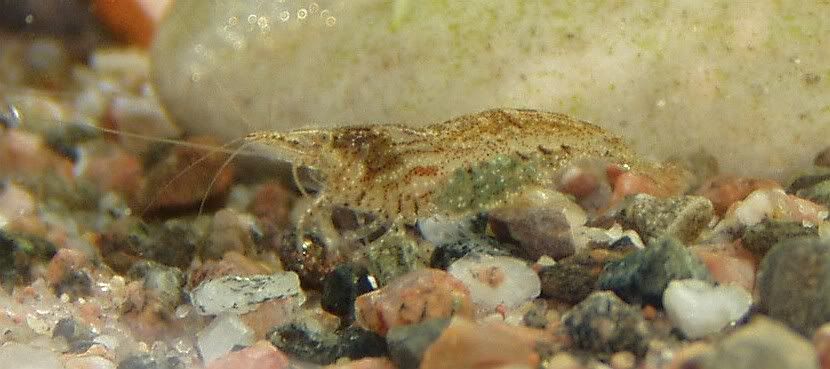
Thanks.
Moderator: Mustafa


I'll try to tell you what I know, but I'm translating this from Polish so I'm not sure if everything will be OK. I'm also not sure if this is proper knowlegde, as I've not checked this myself yet, only read about it.chlorophyll wrote:I was wondering, what is it that distinguishes Neocaridina from Caridina?
From what I know this is impossible, but you can never tell - Mother Nature CAN surprisechlorophyll wrote:Does N.d. sinensis ever crossbreed with any common Caridina species?
You're right, Jackie, except that this is only the case in males, since these first swimming legs in males are used for reproduction (if I am not mistaken). In any case, here is a link with pictures of Neocaridina and Caridina endopods (first pic = Neocaridina, second pic = Caridina):Jackie wrote: One of the most important differences are the endopods (the ending of the first pair of the pleopods - the swimming legs). Neocaridina have round or pear shaped endopods, while Caridina have elongated ones.
Are you sure about that? I have never heard about this. This almost sounds like one of the distinguishing characteristics between Macrobrachium and Palaemonetes/Palaemon, where Macrobrachium species have a hepatic spine.Also, Neocaridina have a spike on the frontal edge of the carapax.
I thought i knew that site really good, but it always manages to surprise meMustafa wrote:http://www.wirbellose.de/klotz/neocaridina.html
Of coure I'm not sure, I didn't discover it myselfMustafa wrote:Are you sure about that? I have never heard about this. This almost sounds like one of the distinguishing characteristics between Macrobrachium and Palaemonetes/Palaemon, where Macrobrachium species have a hepatic spine.
